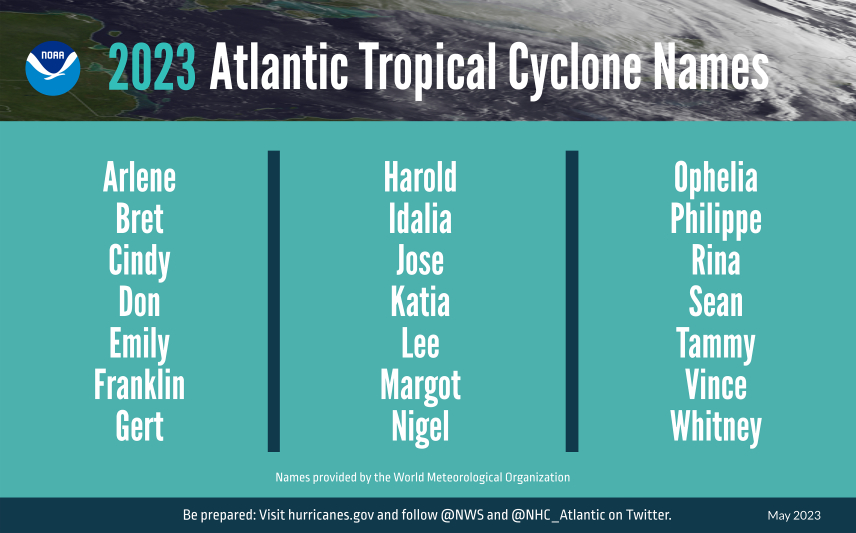Round 2: #1 Wisconsin v. Miami - Fri 12/1, 7 PM CT (ESPN+)
Nov 30, 2023 21:46:31 GMT -5
via mobile
bigfan, northwoods, and 4 more like this
Post by rainbowbadger on Nov 30, 2023 21:46:31 GMT -5
| #1 Wisconsin vs. Miami |
| Friday, Dec. 1, 2023 8 PM Eastern / 7 PM Central |
| UW Field House Madison, Wisconsin |

Follow Along
🎟: SeatGeek.com
📺: ESPN+ ($)
🎧: FoxSports 1070 AM Madison
📊: StatBroadcast
🏆: Interactive Bracket
Players to Watch
Wisconsin
 |  |  |  |  | ||||
#13 - OH Sarah Franklin 6-4 R-JR | #14 - MB/RS Anna Smrek 6-9 JR | #10 - MB/RS Devyn Robinson 6-2 SR | #52 - MB Carter Booth 6-7 SO | #12 - OH Temi Thomas-Ailara 6-2 GR |
Miami
 |  |  |  |  | ||||
#23 - OH Grace Lopez 6-1 FR | #10 - OH Flormarie Heredia Colon 6-0 SO | #14 - OH Angela Grieve 6-0 R-SR | #17 - MB Janice Leao 6-3 GR | #16 - MB Abby Casiano 6-2 GR |
History
The Series: Wisconsin leads 2-1.
In Madison: Wisconsin leads 2-1.
The Streak: Wisconsin has won the last 2.
Last Meeting: Wisconsin swept Miami on 9/8/23 in Madison.
Did you know…?
Yesterday, November 30, was the official end of the 2023 Atlantic Hurricane Season. 20 named storms formed in the Atlantic this season - tied with 1933 for the fourth most on record, trailing 2020 (30 named storms), 2005 (28 named storms), and 2021 (21 named storms). Of this year's named storms, 13 formed in the Atlantic between the peak period of August 20 to September 28 - that broke the old record (2020) of 12 named storm formations in that period.

Of the list of Atlantic tropical cyclone names for 2023, only Vince and Whitney were not used. Image credit: NWS
As this year's season began, meteorologists were unsure what to expect. 2023 is an El Niño year, and those conditions typically lead to less active hurricane seasons because of an increase in vertical wind shear, which can disrupt the structure of tropical cyclones. However, the oceans were already record-warm, and warm sea surface temperatures drive increased hurricane activity. In the spring, scientists weren't sure which would prevail, but it is now clear that the sea surface temperatures trumped anything El Niño could do - wind shear in the Atlantic MDR (main development region for hurricanes) were unusually far below average even without the El Niño factored in.

Departure of vertical wind shear from average, August to October 2023. The black box denotes the Atlantic main development region (MDR) for hurricanes, defined to be 10–20°N, 85– 50°W. Image credit: Colorado State University
For such an active season, 2023 had relatively low economic impact and death toll, with only 12 lives lost. The total damage from 2023 Atlantic named stormes was about $4 billion, the lowest since 2015. Hurricane Idalia, the only hurricane to make landfall in the US, caused $2.4 billion in damage, but 2023 was the first eyar since 2016 without at least two billion-dollar US landfalls. Idalia struck Florida’s Big Bend region on August 27 as a Category 3 storm with 125 mph winds. There was one other Atlantic hurricane landfall in 2023: Hurricane Tammy, which hit Barbuda (population 1,600) in the Leeward Islands on October 22 as a Category 1 storm with 85 mph winds. Three tropical storms made landfall: Harold in South Texas on August 22 with 50 mph winds; Franklin in the Dominican Republic on August 23 with 50 mph winds; and Ophelia in North Carolina on September 23 with 70 mph winds. In addition, the only Category 5 hurricane of 2023, Lee, made landfall in Nova Scotia on September 16 as a post-tropical cyclone with 60 mph winds.
Not to be outdone, an Eastern Pacific storm, Hurricane Hilary, did $1 billion in damage in the western U.S. and northwestern Mexico. Hilary resulted in the first ever issuance of Tropical Storm Watches and Warnings for the Southern California coastline by NOAA’s National Hurricane Center. Additionally, Hurricane Otis made landfall near Acapulco, Mexico, on Oct. 25 as a category 5 hurricane with sustained winds of 165 mph. Otis holds the record as the strongest landfalling hurricane in the eastern Pacific after undergoing unexpectedly rapid strengthening, with windspeeds increasing by 115 mph in less than 24 hours. Otis is the costliest hurricane in Mexico's history, resulting in >$10 billion in damage and at least 50 deaths.
2023's hurricane season may be over, but continued ocean warming due to climate change all but guarantees that we haven't seen the worst yet.






